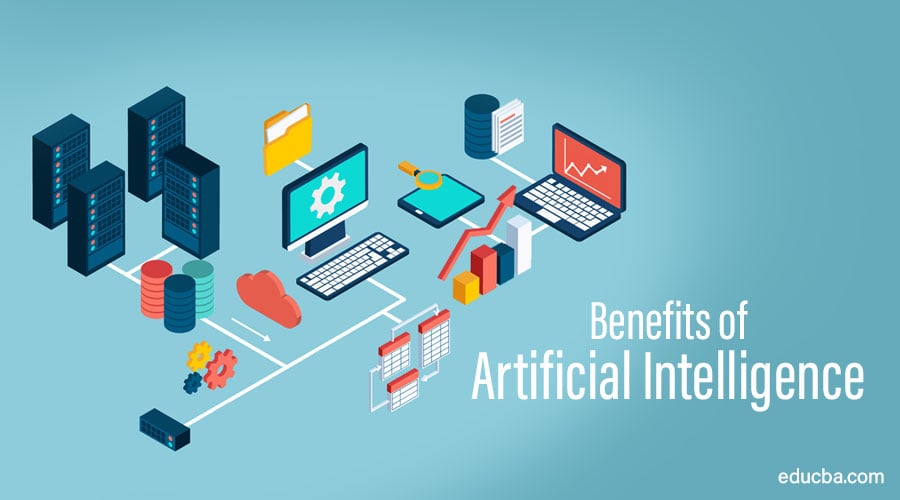Bypass even the most powerful detectors
Turnitin: A Legacy in Academic Integrity

That's just what AI writing tools like GPT-3 with Bard, ChatGPT, and those that came before it have revolutionized ever since they hit the content market space. It is no wonder that teachers and professors worry not only about plagiarism but also about transparency, intellectual property, and actual originality. In an era where such dynamicity has been experienced, it is natural that Turnitin has come up as a critical player in ensuring content integrity through AI writing checkers and AI text detectors. The following article will try to shed some light on the capabilities that Turnitin has developed as a brand, explaining its features and functionalities in the domain of AI-enabled writing detection. It will showcase the different players associated with it.
Revealing the Technology behind Turnitin's AI Writing Detection:
Turnitin's approach with AI writing technology recognition is different from its approach in past traditional originality checks, as it was more focused on copied verbatim text from a known source. The new AI-based offering targets Turnitin-submitted content that demonstrates characteristics of potential authoring with an AI-writing tool. Here's what can be expected of the process:
- Content Submission: Content submitted to Turnitin may be done in one or more of the following ways: content copied and pasted, a document being uploaded, or content submitted directly onto the online platform.
- AI Analysis: Submitted content is analyzed via sophisticated AI models, both trained on and continuing to learn from vast amounts of text data, both human-written and machine-generated, which includes the knowledge, expression of writing style, and grammar best practices of an expert proficient in the domain.
- Pattern Recognition: They recognize patterns of style and structure that are typical of AI-generated content. This encompasses an examination of such matters as sentence structure, choice of words, and general writing style compared to the extensive database of text written by humans or AIs.
- Risk Assessment: The AI model analyzes the input and gives a percentage score indicating the possibility that the work is from an AI tool. When it is past a certain threshold, the content should be flagged so that the user approves of it.
Comprehensive Reports:
Turnitin provides inclusive reports on which parts of the content have given the indication of AI generation. This report helps the user make informed decisions about their content.
Benefits of Turnitin's AI Writing Detection: A Multifaceted Approach

Turnitin AI content detection reports on various benefits to different user types:
- Keeping academic integrity through finding out prospective plagiarism with AI-content-based tools and promoting originality and honest practices among students.
- For Students and Content Creators:
- Encourages originality: With content creators being able to use a tool like that offered by Turnitin, they are most certainly able to see to it that their work is free from any unintentional doses of AI-generated text, thereby safeguarding their professional standing.
- Students can now subject their work to a check to ascertain areas that have unintentionally included AI-generated text, and where it concerns proper citation and originality.
- Transparency and Collaboration: Turnitin with AI allows both the writer and the student to be transparent with each other and, at the same time, can lead to collaboration by allowing the turn-in of original copies that manifest the creativity of their owners.
Important Considerations: Ethical Discussions and Limitations
Ethical discussions and possible limitations with respect to technology utilization for writing detection are determined to be advantages and construed as ethical discussion and limitations for the purpose of advantages:
- Ethical concerns: In this case, some of the ethical concerns are the potential biases in the AI models and how the use of this technology may stifle creativity and innovation owing to too much interference with the intellectual property affairs of individual human beings. As a result, end-users must take a responsible approach to this technology and use it in adherence to moral standards.
- Limitations: AI in writing detection, is still under development, and the models might need to be 100% correct. Therefore, use this tool together with other plagiarism detection tools and critical reviewing to get a total perspective.
Next Steps: Responsible Use and Collaboration
In essence, AI writing detection by Turnitin marks a substantial stepping stone toward guaranteeing the originality of content in the age of AI-powered content creation. This technology provides the potential for educators, content creators, and students to progress further with increasing transparency, ethical practices, and responsible use under guidance. With the advent of increasingly sophisticated AI, it seems imperative that such debate and collaboration be followed up so that this tool can be provided as a means to protect the integrity and allow individuals to participate in authentic acts of creation.